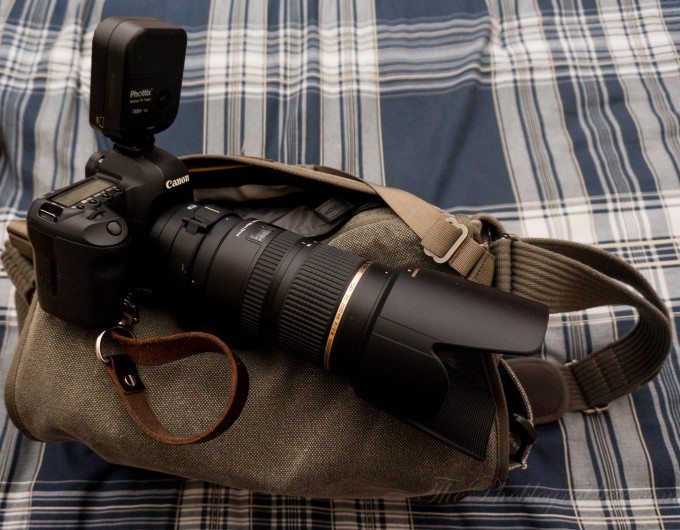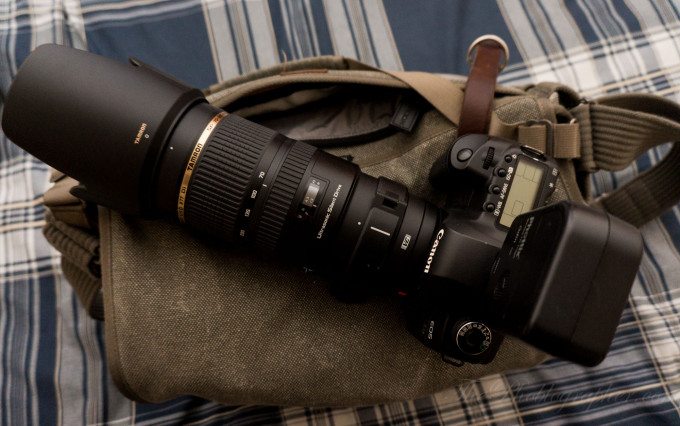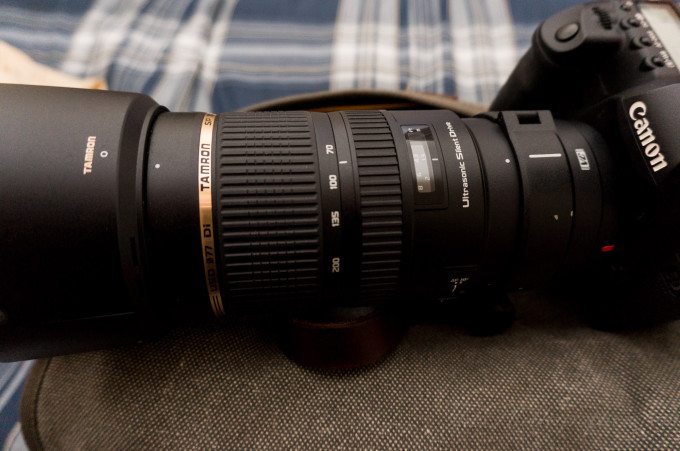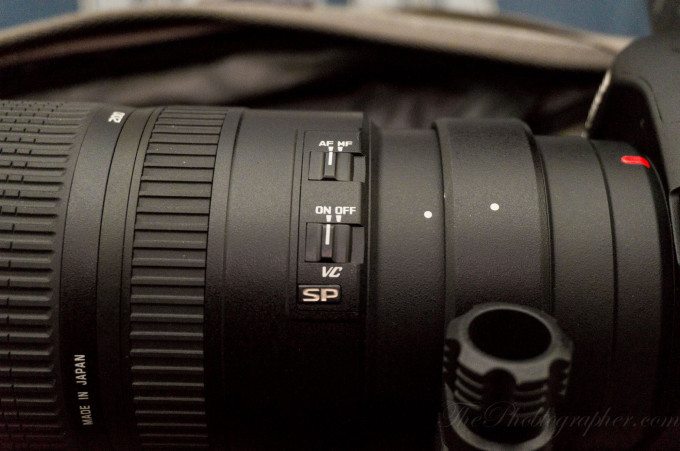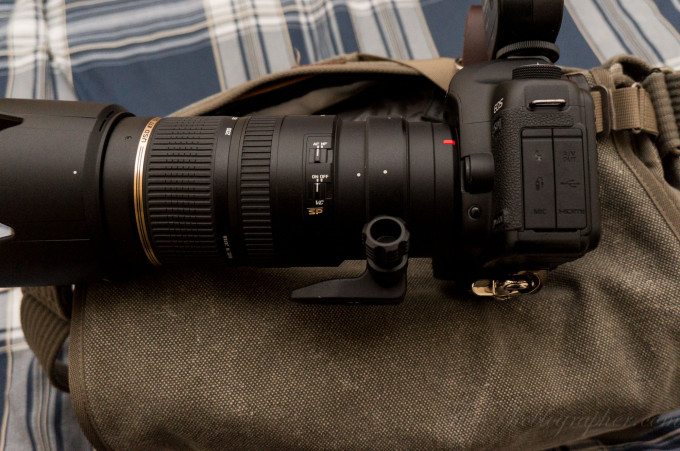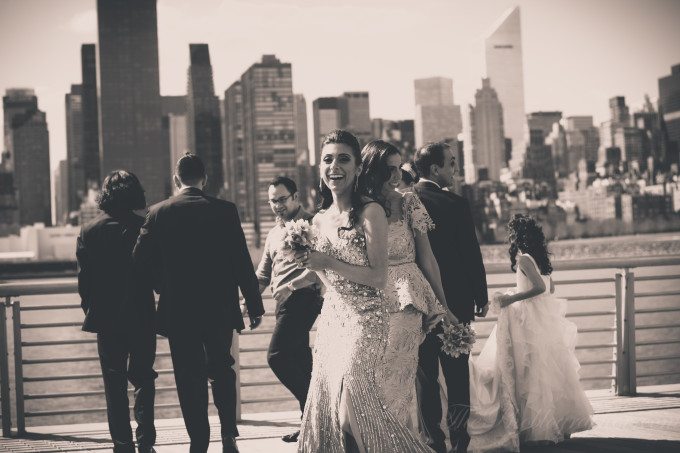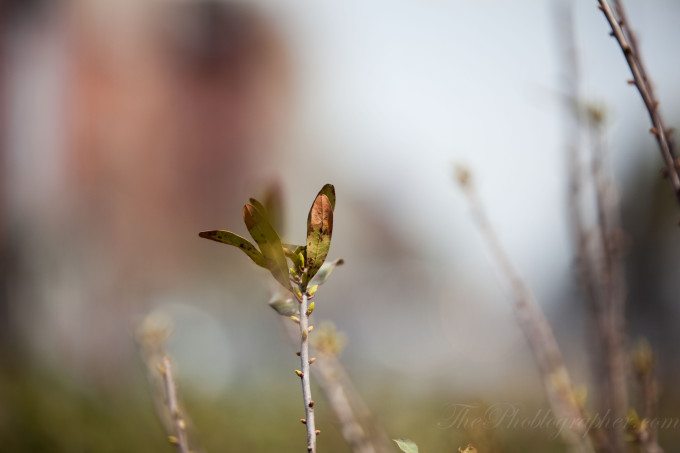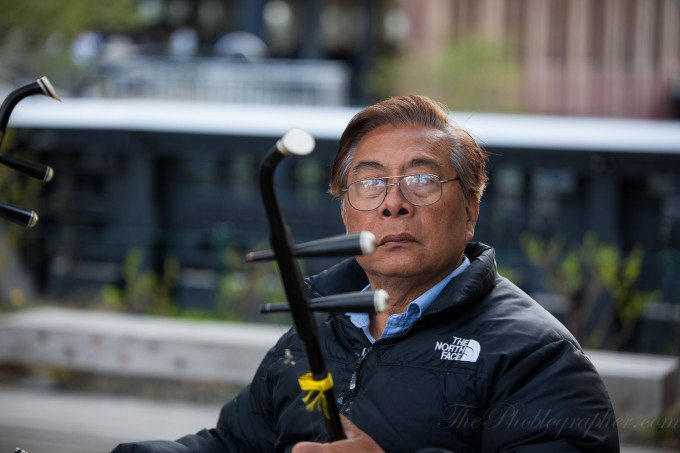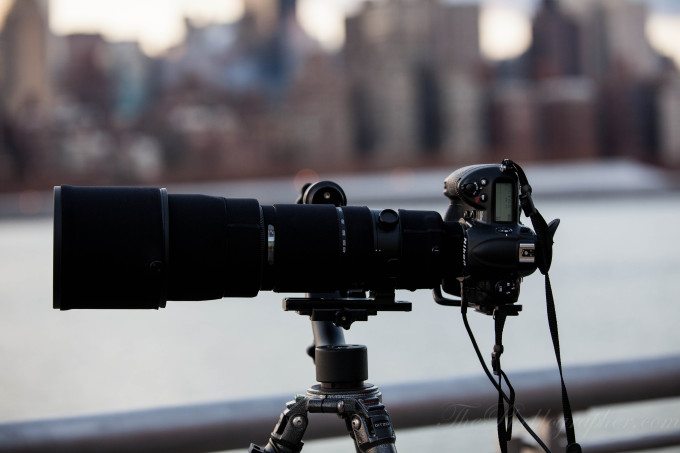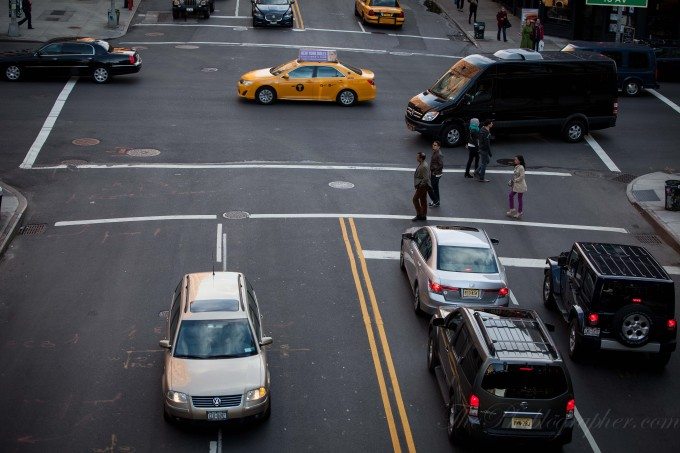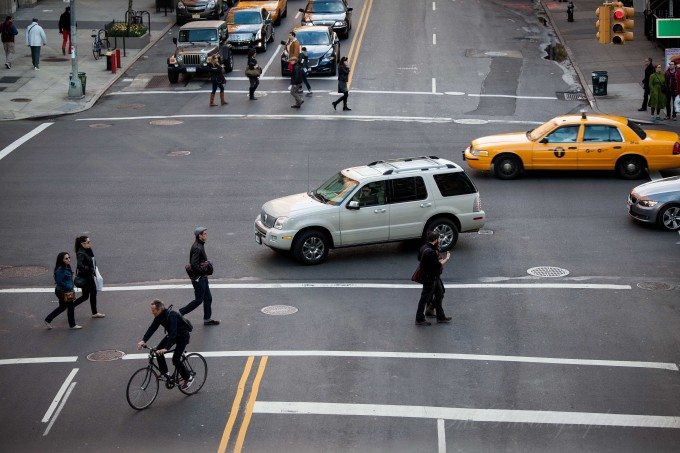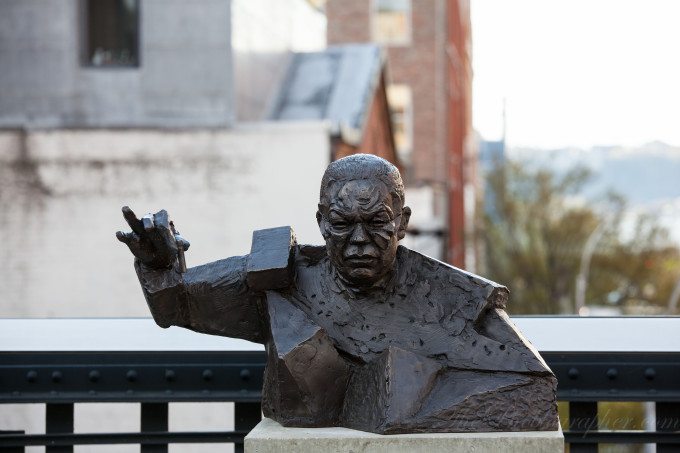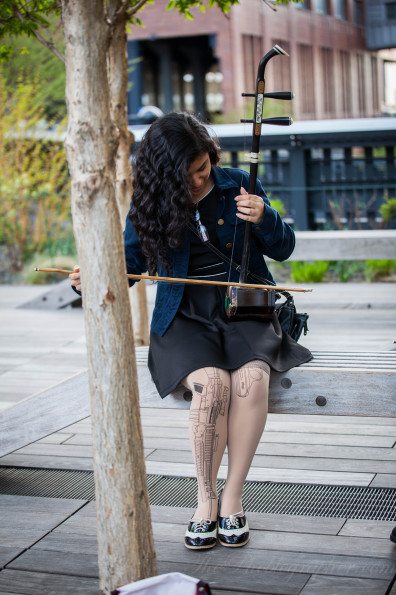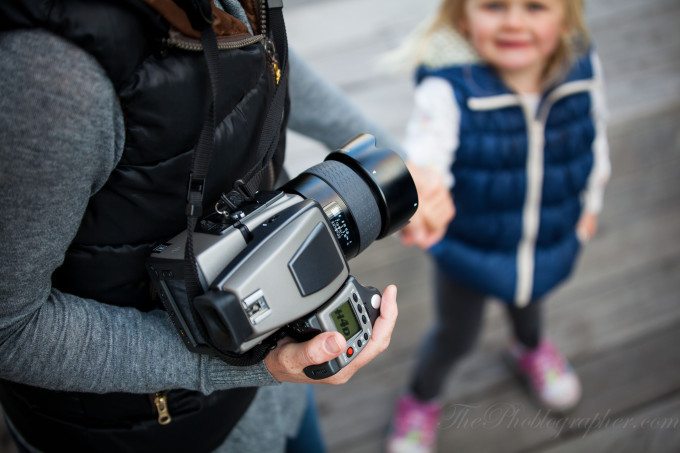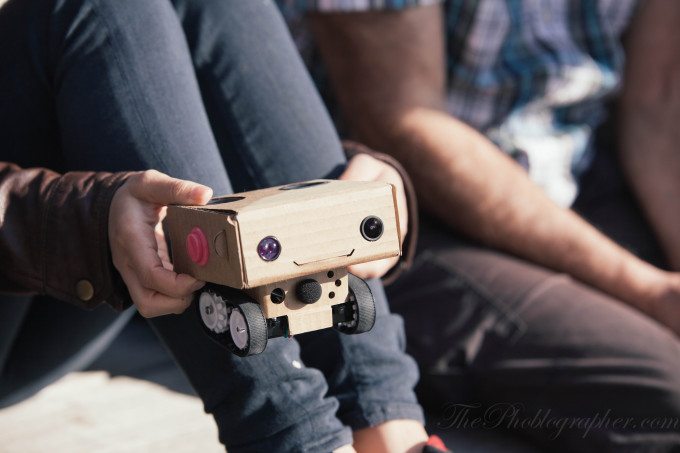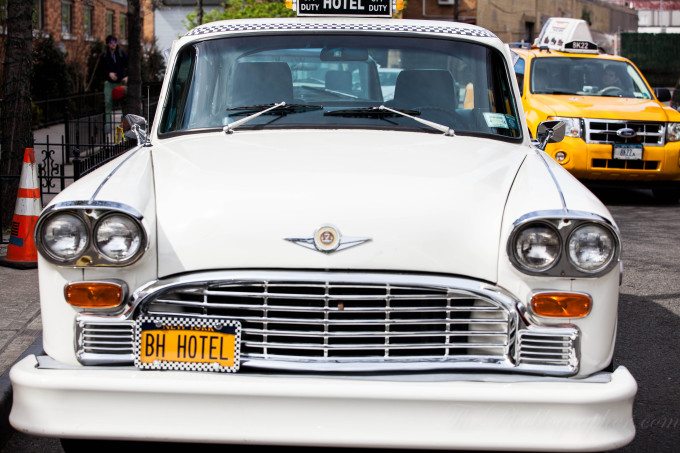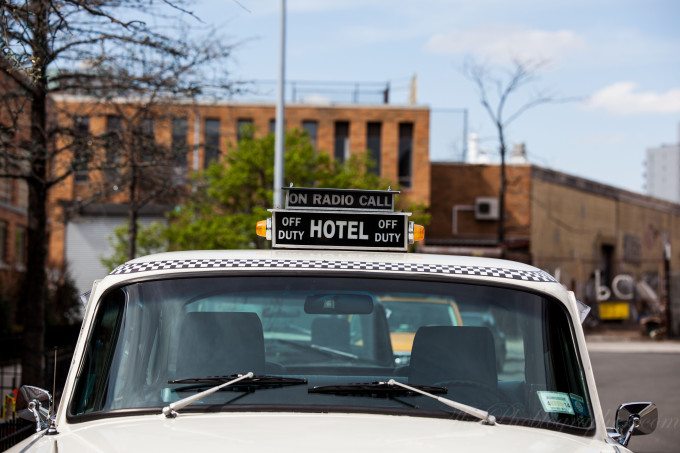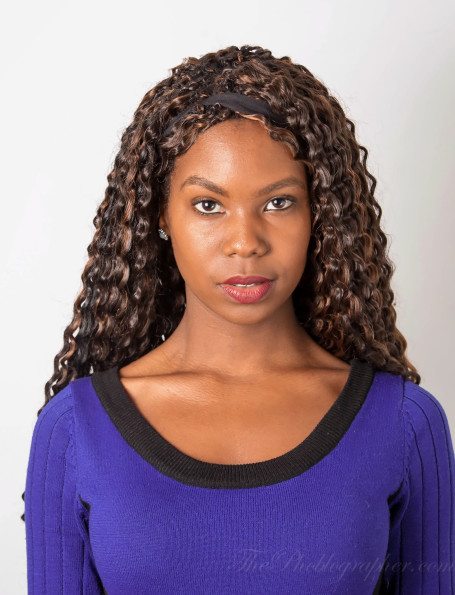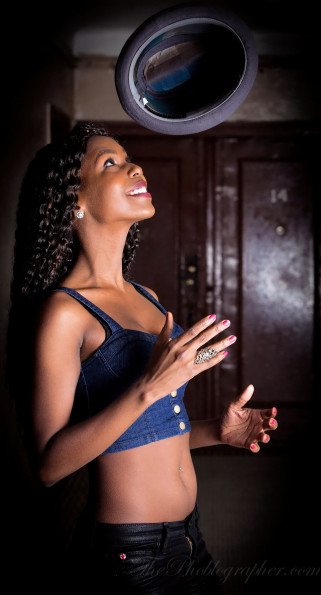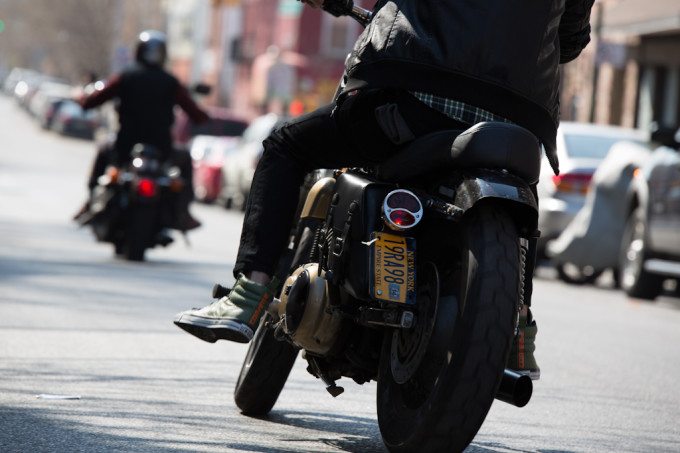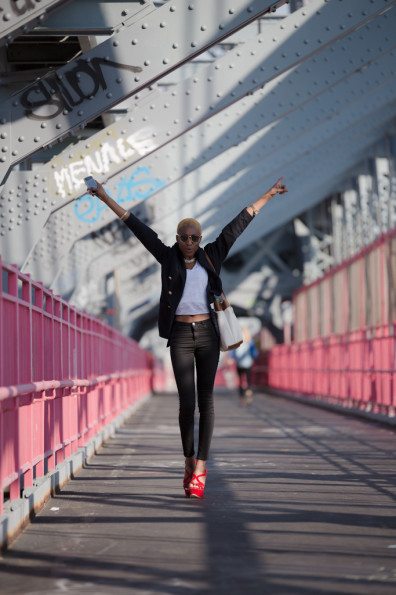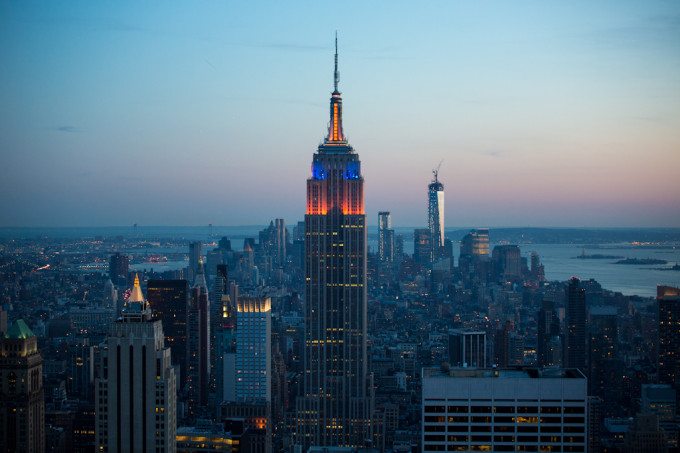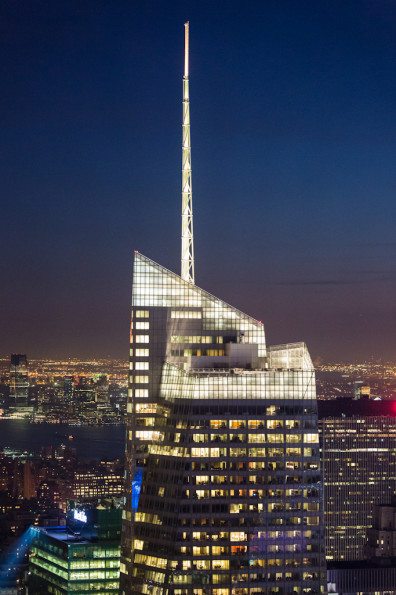Last Updated on 04/30/2013 by Julius Motal
When we began the review of the Tamron 70-200mm f/2.8 SP Di VC USD, we pondered which type of photographer would purchase a lens like this. It is a clear competitor to the equivalent offerings from Canon, Nikon and Sony but isn’t as expensive. Most professionals tend to go for a a primary brand vs a third party (as per recommendation of the retailers)–although some third party lenses have made excellent tools and third party manufacturers in general are fighting back very hard in their recent revamps. I asked this question of myself as every day I packed my camera bag to go out and shoot.
But is this really a lens that you’d buy?
Pros and Cons
Pros
– Positively stellar image quality
– Sharp wide open
– We didn’t get a single blurry shot with the VC enabled.
– Excellent build quality
– Tripod bracket mount comes with the lens
– Accurate and fast focusing for a lens like this
Cons
– Heavy
– Fairly large
– Can’t get over the feeling that I was holding a howitzer when I shot with it
Gear Used
For this review, we used the Tamron 70-200mm f2.8 VC with the Canon 5D Mk II, Vanguard Auctus Plus 383CT with GH-100 Pistol Grip Head, Phottix Mitros flash, Rogue Flash Bender, Paul C Buff Einstein E640, Phottix Odin TTL triggers, and Pocket Wizard Plus III triggers.
Tech Specs
Specifications taken from the B&H Photo listing of the lens
| Features | |
|---|---|
| Image Stabilization | Yes |
| Autofocus | Yes |
| Tripod Collar | Yes Removable – rotating |
| Physical | |
|---|---|
| Filter Thread | Front: 77 mm |
| Dimensions (DxL) | Approx. 3.38 x 7.41″ (85.8 x 188.3 mm) |
| Weight | 51.85 oz (1470 g) |
Ergonomics
Tamron’s latest telephoto zoom lens isn’t all white–instead they went for the all black approach. The entire piece is a single internal zooming and focusing lens with two major rings, switches, and a detachable tripod collar. In addition, Tamron retains their classic golden ring around the body.
To control this beast, you’ll need to become acquainted with the two major rings: zoom and focusing. We guarantee that you’ll be leaving this lens in autofocus mode for most of the time that you use it, so you’ll instead be concentrating on the zoom ring–which is the larger and beefier of the two. It has markers for 70mm, 100mm, 135mm, and 200mm. These lengths are very popular portrait focal lengths.
Behind this is the focusing scale. Because this is a telephoto zoom lens (and an autofocus one at that) Tamron didn’t even bother to put in a depth of field scale.
The side of the lens has two control switches: an AF/MF switch and a Vibration Compensation switch that can be turned on and off. Remember to turn VC off when you’re set up on a tripod!
Under this lens is the tripod collar which can be detached by turning the knob. It makes the package a bit lighter, but the collar also makes the lens feel beefier overall.
Build Quality
This lens is about as solid as one can get. This lens took bumps in a camera bag, bumps on the NYC subway system (yes, I toted the lens around while travelling), was put on the concrete floor (it got a scratch on the finish) and it survived everything we threw at it. It was even splashed by a bit of seawater and survived to keep working.
If that doesn’t tell you that this is a reliable product, we’re not quite sure what does.
Ease of Use
The primary thing that you’ll need to keep in mind is that this lens’s zoom ring is the larger one on the body–that’s it. The focusing doesn’t have a limiter switch at all so it will always focus throughout the entire focusing range. Additionally, remember to switch off the VC when you’re on a tripod.
That’s all that there is to this lens in terms of complexities. It’s a very simple lens to use and encourages the user to use autofocus vs manual focus.
Autofocusing
In our primary tests, this lens only really focused accurately using the center focusing point of the Canon 5D Mk II–but that is only expected with the antiquated focusing system. However, just like my own Sigma lenses, the camera adapted to easily be able to use the outer focusing points with ease.
This lens focuses relatively fast given the super heavy elements on the inside. But you’ll have to expect a bit of lag if you’re focusing from 100 feet to 4.3 feet away.
Image Quality
We can’t really complain too much about the image quality of a lens like this. It is apparently sharp corner to corner, renders some Fujifilm Velvia-like colors, has some beautiful bokeh, and doesn’t have very many technical issues. We used it while mimicking a short vacation in NYC (including Queens and Brooklyn) and in a headshot/portrait session. There was nary a complaint.
Bokeh
The bokeh of this lens is beautiful, pleasing, gorgeous, and any other synonyms that Thesaurus.com would give you. Dazzling? Sure, we were bedazzled by the quality of the bokeh. It is hazy, creamy, and overall extremely photogenic.
 The bokeh of this lens is very dependent on many factors. Firstly, it is a telephoto lens–which will render less of an in focus area to begin with. Second, it is a zoom lens, so the amount of bokeh there is at a given focusing distance will be very different at 70mm than it will be at 200mm and throughout the entire zoom range.
The bokeh of this lens is very dependent on many factors. Firstly, it is a telephoto lens–which will render less of an in focus area to begin with. Second, it is a zoom lens, so the amount of bokeh there is at a given focusing distance will be very different at 70mm than it will be at 200mm and throughout the entire zoom range.
With all of this kept in mind, we then need to remember our apertures. The further you zoom out, the less will be in focus at a given aperture and vice versa. When all of this is applied to real life use, you’ll often end up with still some extremely shallow depth of field in many situations.
While many of the experienced pros won’t care a single bit about bokeh, your clients will. When I was a paparazzi, lenses of this type (telephoto zooms) were a standard bread and butter of many photographers. And many clients (agents, US Weekly and others) wanted what they quote as, “The subject in focus with only a hint of the background.” Many of the editors or people communicating with you don’t necessarily know photo terms–they know what sells. And for applications like shooting celebs, this lens will give you everything you could possibly need. And because it is a third party optic, it is also less money which means that you can purchase another one with no real issues.
You know who else loves that beautiful out of focus area? Well let’s go down the line: portrait subjects, couples getting their engagement photos done, brides and grooms who have some sort of care about aesthetics, photojournalism editors, wildlife photo editors, travel photo editors, and the list can go on and on.
For what it’s worth, the bokeh that this lens delivers will satisfy not only your needs, but those of your clients.
Sharpness
The sharpness of this lens is further enhanced by the fact that it has vibration compensation built in. That means that if you’ve got shaky hands, as long as you have good footing and a fast enough shutter speed you’ll earn yourself a spectacularly sharp image. And to be honest, we would consider the sharpness of the images from this lens almost as good as some prime lenses.
If you’re springing to purchase a lens of this caliber though, we’re positive that your images are going to go through Photoshop or Lightroom and so you’ll go ahead and boost the sharpness even beyond what this lens is capable of doing with the camera. You’ll be happy knowing that not much work needs to be done.
Color Fringing
Any color fringing that we spotted is extremely minute and not even worth mentioning. You’ll only find it if you’re pixel peeping–and we recommend that you invest into some software (and lessons) if you’re going to sit there pouring over your images looking for signs of fringing when you purchase this lens.
You should be too busy taking images to honestly care–but note that the amount is extremely low.
Distortion
We didn’t find any major distortion with this lens when we shot with it. That’s an essential fact for portait photographers who also seriously do paid headshot sessions. Often, a model or actor will want to come by and chimp the camera to see what you’ve got. And when that happens, they don’t want to see a nose looking too large, lips being too big, chins being too large, etc. Of course, part of that has to do with posing but it’s also important that you don’t have it to begin with.
In general, I stopped using zoom lenses years ago because of not only the lack of reliability with distortion and image quality from copy to copy, but also because they were too clumsy and heavy to carry around. With that stated though, this new lens had me considering getting back into zoom lenses because of the clear lack of distortion. Granted the lens is still quite heavy and cumbersome to use, but it is really amazing just how good the distortion control really is.
Years ago, I used to use an old Canon 80-200mm f2.8 L Magic Drainpipe and others like it, and though it was even well controlled then, it is nothing like it is now. It’s just really seemingly impossible to complain about it at this point.
And you know who this is really going to be a relie for? Wedding photographers are going to be the ones that benefit the most. Many photos at a wedding are shot with a lens like this and when narrowing down images, you’ll need to sit there and correct the perspective with each image. However, there is very little to correct with this lens.
For the wedding photographer, we highly recommend this lens. Additionally, we also think that the portrait/headshot photographer will get lots out of it.
Extra Image Samples
Here are some other image samples:
The following images were provided by Claude Sadik
Conclusions
Tamron’s 70-200mm f/2.8 SP Di VC USD is a lens that has really left us speechless. It’s sharp, affordable for the offering, fast to focus, contrasty, has some extremely wonderful bokeh, and also is tough as nails. The photographers who may purchase this lens are those looking to save some extra cash, the semi-professional looking for a good telephoto zoom lens to build their photography business, or the traveller looking to rent something with really good performance.
In the end, we really can’t say very much of a bad thing about this lens. What we stated about the weight earlier on must be accepted with a lens like this. Additionally, the problem with the finish is easily fixed with the addition of gaffers tape–it’s a trick we used to do all the time in the professional world.
The lens can be purchased at Amazon, Adorama, or B&H Photo.
Please Support The Phoblographer
We love to bring you guys the latest and greatest news and gear related stuff. However, we can’t keep doing that unless we have your continued support. If you would like to purchase any of the items mentioned, please do so by clicking our links first and then purchasing the items as we then get a small portion of the sale to help run the website.


